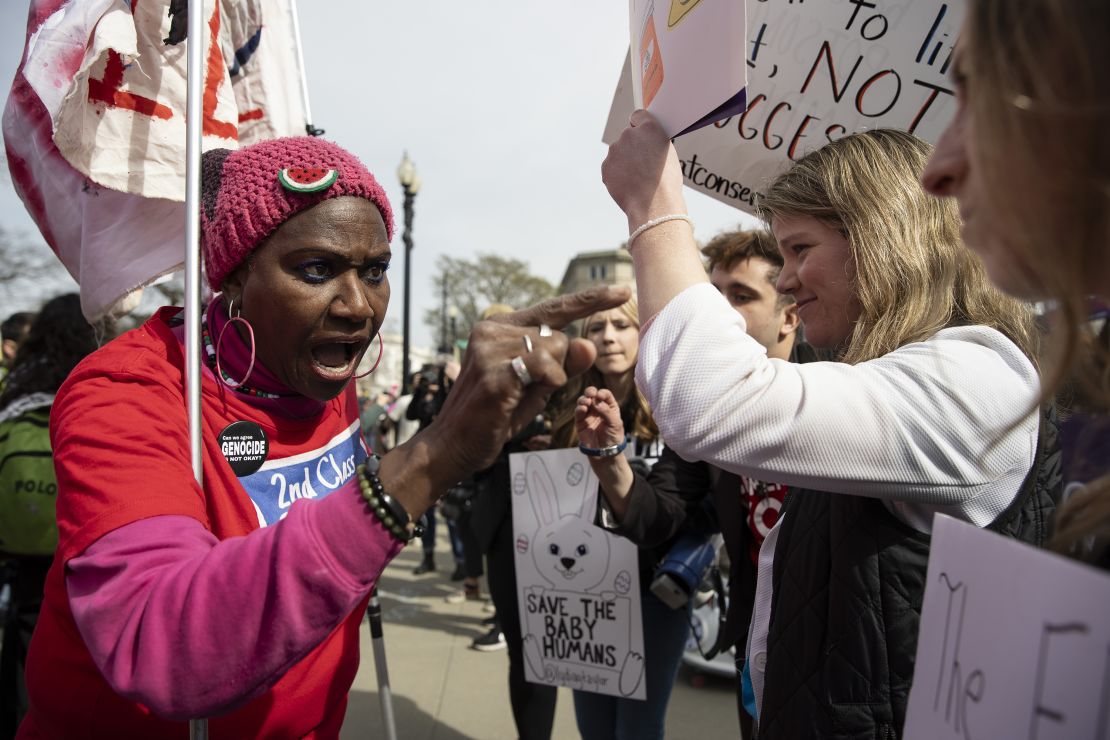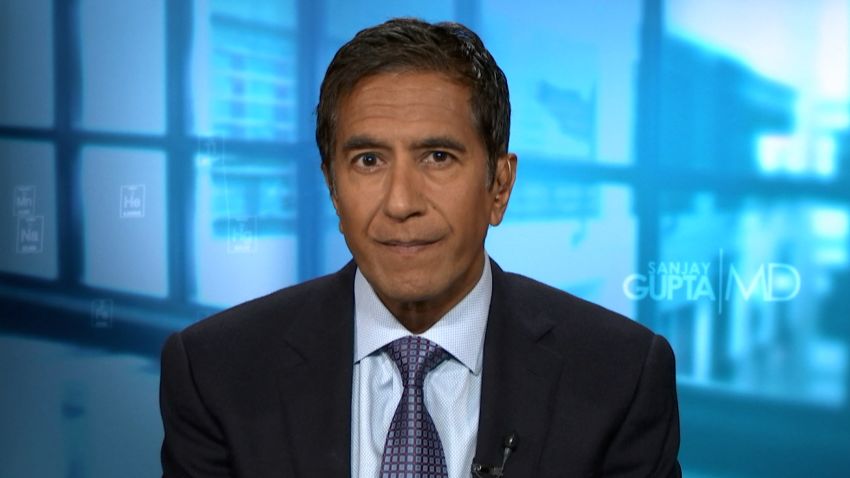Editor’s Note: Mary Ziegler (@maryrziegler) is the Martin Luther King Jr. Professor of Law at UC Davis. She is the author of “Dollars for Life: The Antiabortion Movement and the Fall of the Republican Establishment” and “Roe: The History of a National Obsession.” The views expressed in this commentary are her own. Read more opinion on CNN.
It isn’t looking good for the plaintiffs challenging access to mifepristone, a drug used in the majority of US abortions, at the Supreme Court.

With very few exceptions during Tuesday’s oral argument in Alliance for Hippocratic Medicine v. FDA, the conservative justices on the high court seemed to think that the plaintiffs didn’t have standing to sue. There is still plenty that could change between now and June, when a decision in this significant case will be handed down.
But even if the government wins and the abortion pill remains widely available, Tuesday’s argument didn’t signal a major change in the court’s conservative majority’s hostility to abortion rights. As the proceedings today also made clear, legal arguments that pose a major risk to abortion access, even in blue states, will remain a threat in 2024 and beyond.
This case began when the Alliance Defending Freedom (ADF), arguably the most prominent organization in the Christian legal movement, brought suit in a Texas federal court, arguing that the Food and Drug Administration (FDA) never had the authority to approve mifepristone.
ADF also asserted that the FDA lacked the authority to lift restrictions on the drug in 2016 and 2021, allowing for it to be prescribed through telehealth procedures. In addition to second-guessing the FDA’s reading of scientific evidence on the pill’s safety, ADF argued that regulators couldn’t allow telehealth procedures because a 19th century obscenity law, the Comstock Act, made it a crime to mail abortion pills.
The Alliance for Hippocratic Medicine, the group of antiabortion doctors who are the plaintiffs in the case, scored a major win in the district court, with Judge Matthew Kacsmaryk citing the theory that a fetus is a rights-holding person, reasoning that the Comstock Act made it illegal to mail any abortion-related item and expressing sympathy for “unborn humans extinguished by mifepristone.”
The 5th Circuit scaled back its own ruling, holding that ADF waited too long to challenge the original approval of mifepristone while reasoning that the FDA acted arbitrarily and capriciously when it subsequently lifted restrictions on the drug.
That was a bad sign. The 5th Circuit is the most conservative court of appeals in the nation — one not afraid to push the envelope in a variety of settings. Then the Supreme Court left the status quo regarding mifepristone in place while the litigation continues — a red flag for the plaintiffs that signaled that a majority of the Supreme Court thought the government was likely to win when the case was all said and done.
Oral argument in the case made clear exactly what the justices thought was wrong with the plaintiffs’ case, and it had everything to do with standing. To bring suit, a plaintiff has to show that they have an actual stake in the case because they suffered a real injury that can be traced to the defendant’s decisions.
In this case, the doctors in the Alliance for Hippocratic Medicine stressed that they had treated patients with mifepristone-related complications in the ER in the past. And mifepristone, they noted, has a non-zero complication rate.

So if enough patients took mifepristone, some of them would have complications. And if some of them had complications, some of them might go to the ER. And if some of them went to the ER, some might encounter the doctors in the Alliance, who might have to treat those patients rather than handing off treatment to a doctor who had no objection to abortion. And if all of that happened, then the Alliance doctors might suffer an injury — being forced into a Hobson’s choice between refusing emergency care and performing an act to which they had a conscientious objection.
The problem is that one or more of these things may never happen. And at this point, the plaintiffs, like the justices, will only be able to guess if any injury will ever take place.
The plaintiffs also argued that their organization had standing because it had to divert resources to fight mifepristone that it could have dedicated to other pro-life causes. If an advocacy group has standing whenever fighting a case uses resources that could be dedicated to something else, it seems that any social movement could manufacture standing by filing suit.
Almost all of the justices seemed skeptical — even Clarence Thomas, one of the Court’s most conservative members, seemed unconvinced that the plaintiffs had pinpointed a real injury. And no wonder: the court usually requires more than speculation for plaintiffs to have standing in the first place. Roughly two years after the Supreme Court overruled Roe v. Wade, it seems possible that ADF could lose most or all of the votes of the court’s conservatives in a June ruling.
If oral argument is a sign of things to come, though, none of that will make this case a decisive turning point for abortion rights.
For starters, the ruling will likely be narrow. In theory, other parties could have standing, including conservative states attorneys general who have sought to intervene in this case in the trial court.
Justices Samuel Alito and Thomas previewed the possibility that no one would have standing. Even if the Court eventually reaches that conclusion — and that is hardly guaranteed — other potent arguments against abortion rights raised in the case will remain live. Thomas and Alito seemed especially interested in the Comstock Act, with Thomas suggesting that the law specifically covered drugs like mifepristone.
And then there’s the fact that this isn’t even the only Supreme Court case on abortion this term. In a month, the Court will hear a case about whether federal law — the Emergency Medical Treatment and Labor Act — requires physicians to offer abortions in medical emergencies.
Since the Supreme Court overturned Roe, women denied access to miscarriage management and abortion have told their stories in the news and in the courts. Yet the high court let stand an Idaho law with the narrowest medical emergency exception in the nation — one that prohibits abortions in cases of a threat of permanent impairment of a major bodily function — indeed, in any case less severe than a threat of death.
The justices are likely to say states are free to pass laws like Idaho’s. They could even follow groups like ADF in pointing to language in the statute referring to “unborn children” to reason that there are limits on when doctors can offer emergency treatment because physicians have to balance the needs of pregnant patients and fetuses.
None of that changes what we heard today at oral argument. The justices skewered ADF’s attorney Erin Hawley, a very talented advocate assigned to argue a weak case. But if today was a bad day for the plaintiffs, that hardly means abortion rights advocates can breathe easier.


